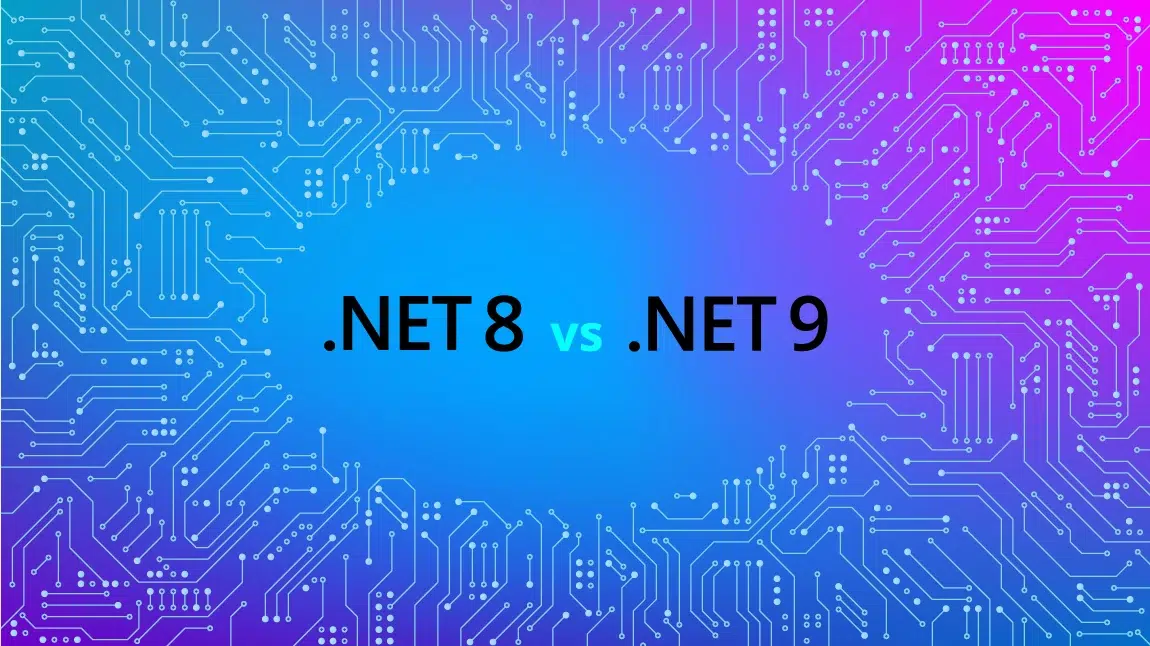by Jeison Sánchez, Senior Software Engineer at Growth Acceleration Partners.
Introduction
In the ever-evolving landscape of software architecture, microservices have emerged as a transformative paradigm, reshaping how we conceive, build and deploy applications. The history of microservices is a journey marked by a shift from monolithic structures to modular and distributed systems. Understanding this evolution is crucial for comprehending the impact microservices have had on modern software development.
The inception of microservices can be traced back to the early 2000s. Traditional monolithic architectures, while functional, faced challenges as applications grew larger and more complex. The need for scalability, resilience and agility led to the exploration of alternative architectures. This post will embark on a journey to explore the history of microservices architecture.
Microservices: A Conceptual Overview
Microservices are an architectural style where a software application is structured as a collection of small, independent deployable services. Each service represents a specific business capability, operates in its own process, and communicates with others through well-defined APIs. This approach contrasts with monolithic architectures, offering benefits like scalability, agility and ease of maintenance.
Anatomy of a Microservice: Key Characteristics
Independence
Decentralized Control: Microservices are independently deployable, allowing teams to develop, deploy and scale them autonomously.
Technology Agnostic: Each microservice can be developed using different technologies, choosing the most suitable for its specific functionality.
Autonomy
Self-Contained Functionality: Microservices encapsulate specific business capabilities, ensuring a focused and well-defined scope.
Data Management: Each service manages its own data, reducing dependencies on other services.
Loose Coupling
Communication Through APIs: Microservices interact via well-defined APIs, ensuring loose coupling between services. This enhances flexibility and makes it easier to replace or upgrade components.
Scalability
Individual Scaling: Microservices can be independently scaled based on demand for specific functionalities. This targeted scalability optimizes resource usage.
Resilience
Isolation: Failures in one microservice don’t necessarily affect others. This isolation contributes to the overall system’s resilience.
Graceful Degradation: Microservices gracefully degrade during partial failures, ensuring the system remains functional.
Continuous Delivery
Independent Deployment: Microservices facilitate continuous integration and delivery, enabling teams to deploy changes without impacting the entire application.
Distributed System
Network Communication: Microservices communicate over a network, allowing them to be distributed across different servers or even geographical locations.
Consistency Through Transactions: Ensuring data consistency in a distributed environment often requires the use of distributed transaction patterns.
Monitoring and Debugging
Isolated Monitoring: Each microservice can be individually monitored, allowing targeted debugging and performance optimization.
Organized around Business Capabilities
Functional Organization: Microservices are organized based on business capabilities rather than technical considerations, aligning closely with the business domain.
Evolutionary Design
Adaptability: Microservices support an evolutionary design approach, allowing teams to adapt and evolve their services independently.
Timeline
Below is a concise chronicle of its key milestones, featuring pivotal moments and the influence of industry giants like Amazon and Netflix.
1. First Concepts (Early 2000s)
The concept of microservices began germinating in the early 2000s, largely influenced by Service-Oriented Architecture (SOA). However, it was more of an ideological concept than a widely adopted practice.
Early influencers included software architects and thought leaders who envisioned a more modular and scalable approach to building software.
2. Emergence of Web Services (2000–2010)
The standardization of web services protocols like SOAP and WSDL laid the groundwork for interoperability between diverse systems. Around 2005, the concept of micro-web services appeared.
3. Birth of Microservices (2011)
The term “Microservices” gained prominence when Martin Fowler and his colleagues at ThoughtWorks discussed the concept as a way to build robust and scalable systems. Fowler’s article explaining “Microservices” was published on his website in March 2014. It has had a significant impact on the understanding and adoption of microservices in the software development community. If you want to see more details, see microservices by Martin Fowler.
4. Netflix and AWS Adoption (2012)
Netflix, a major player in online streaming, embraced microservices architecture to enhance scalability and resilience. AWS, with its cloud computing services, became an integral enabler for microservices.
5. Docker Revolution (2013)
An open-source platform for containerization revolutionized the deployment of microservices. Containers provided a lightweight and consistent environment, facilitating seamless transitions between development and production. The paper by Dirk Merkel titled “Docker: Lightweight Linux Containers for Consistent Development and Deployment” cited by 3946, shows the Google Trends for “Docker Software” in 2013, and it is more than enough to exemplify why it was revolutionary.
6. Rise of Kubernetes (2014)
Google launched Kubernetes, an open-source container orchestration platform. Kubernetes simplified the deployment, scaling, and management of containerized applications, further promoting microservices. Spring Boot 1.0 was released in April 2014, with the goal to simplify the development of microservices in Java.
7. Microservices in the Mainstream (2015–2017)
Major tech companies, including Amazon, Google and Microsoft, embraced microservices to enhance agility. The approach gained wider recognition as more success stories emerged.
8. Challenges and Best Practices (2018–2019)
The industry shifted its attention to addressing challenges associated with microservices, including data management, inter-service communication and monitoring. Best practices and patterns, like the Circuit Breaker pattern, gained prominence.
9. Evolution of Serverless (2020)
The rise of serverless computing, where the cloud provider automatically manages the infrastructure, added a new dimension to microservices. This further abstracted the complexities of deployment and scaling.
10. Continuous Evolution (2021–2022)
Microservices architecture continues to evolve with advancements in technologies like GraphQL for efficient data fetching and event-driven architectures using tools like Apache Kafka.
11. Future Trends (2023 and Beyond)
Emerging trends include service mesh architectures for improved communication and coordination. The industry anticipates continued evolution in tools, frameworks, and practices for microservices.
Conclusion
Microservices architecture has undergone a remarkable journey, transforming the way software is designed, deployed and maintained. From its conceptualization by thought leaders like Martin Fowler, to its adoption by industry giants like Amazon, Netflix and Microsoft, microservices have become integral to building scalable, resilient and agile systems. As organizations continue to embrace microservices, understanding their history becomes essential for navigating the complexities and unlocking the full potential of this transformative approach.










